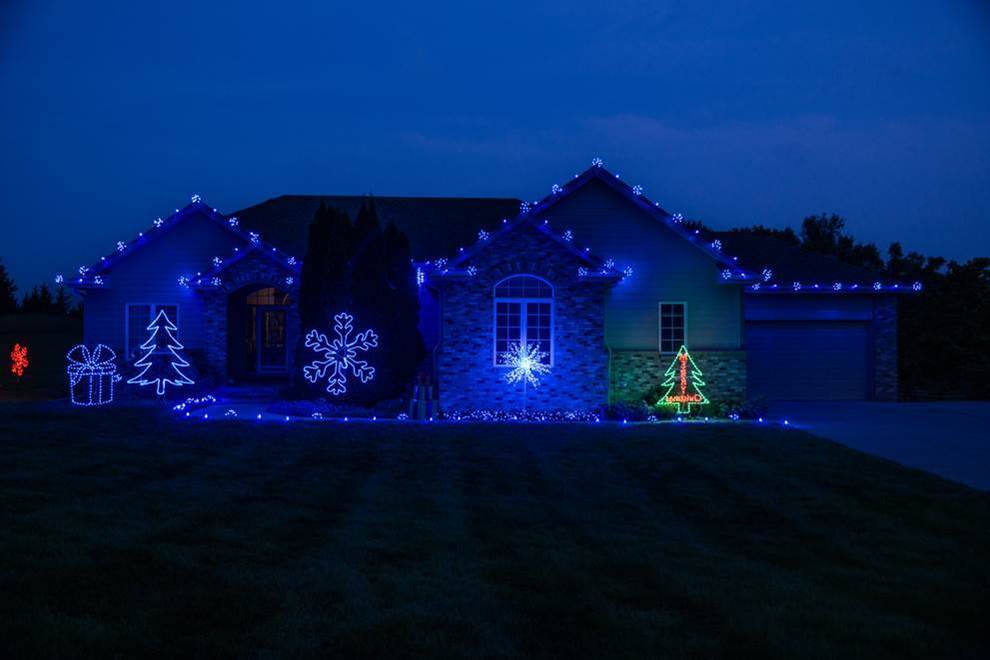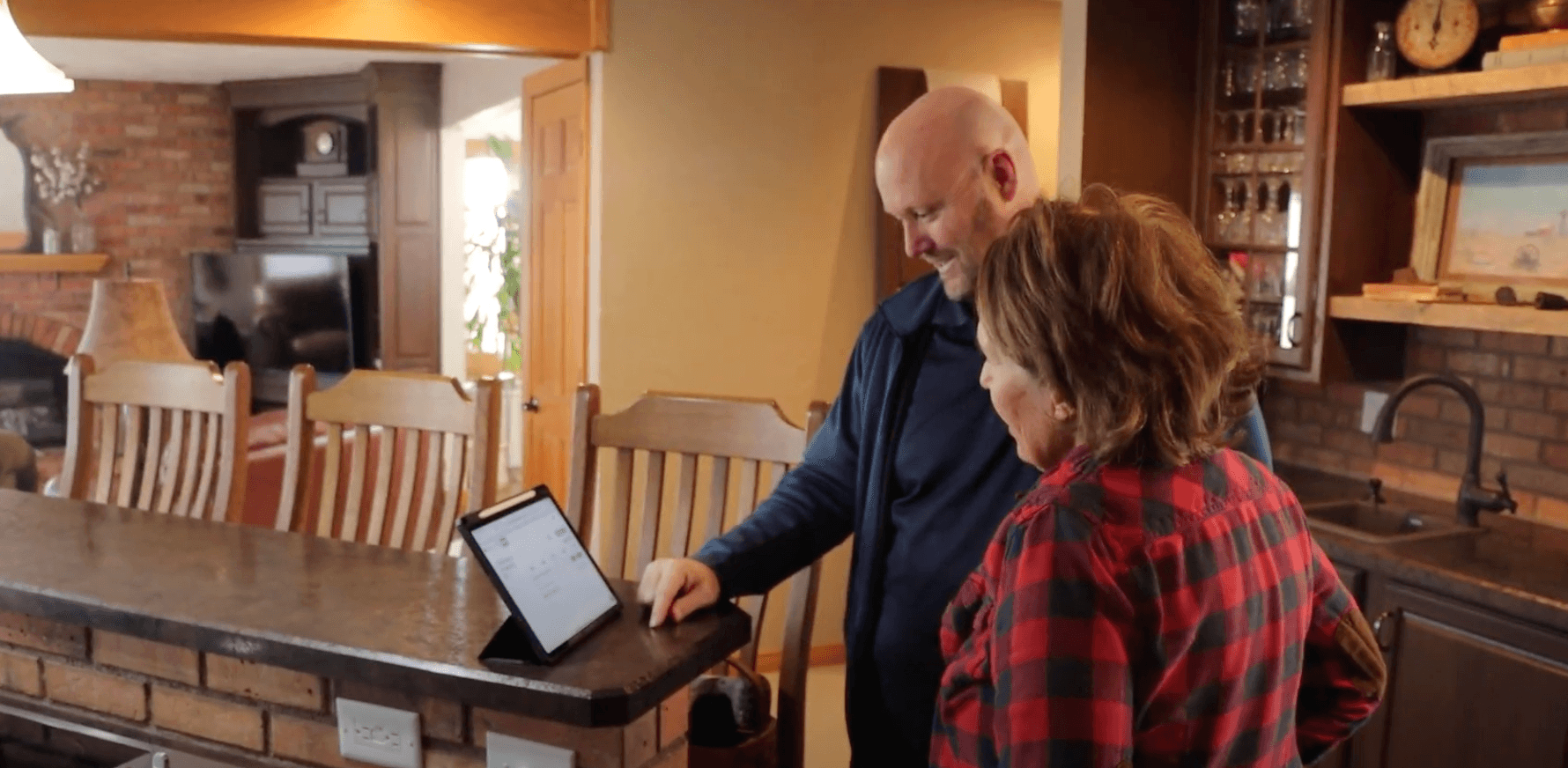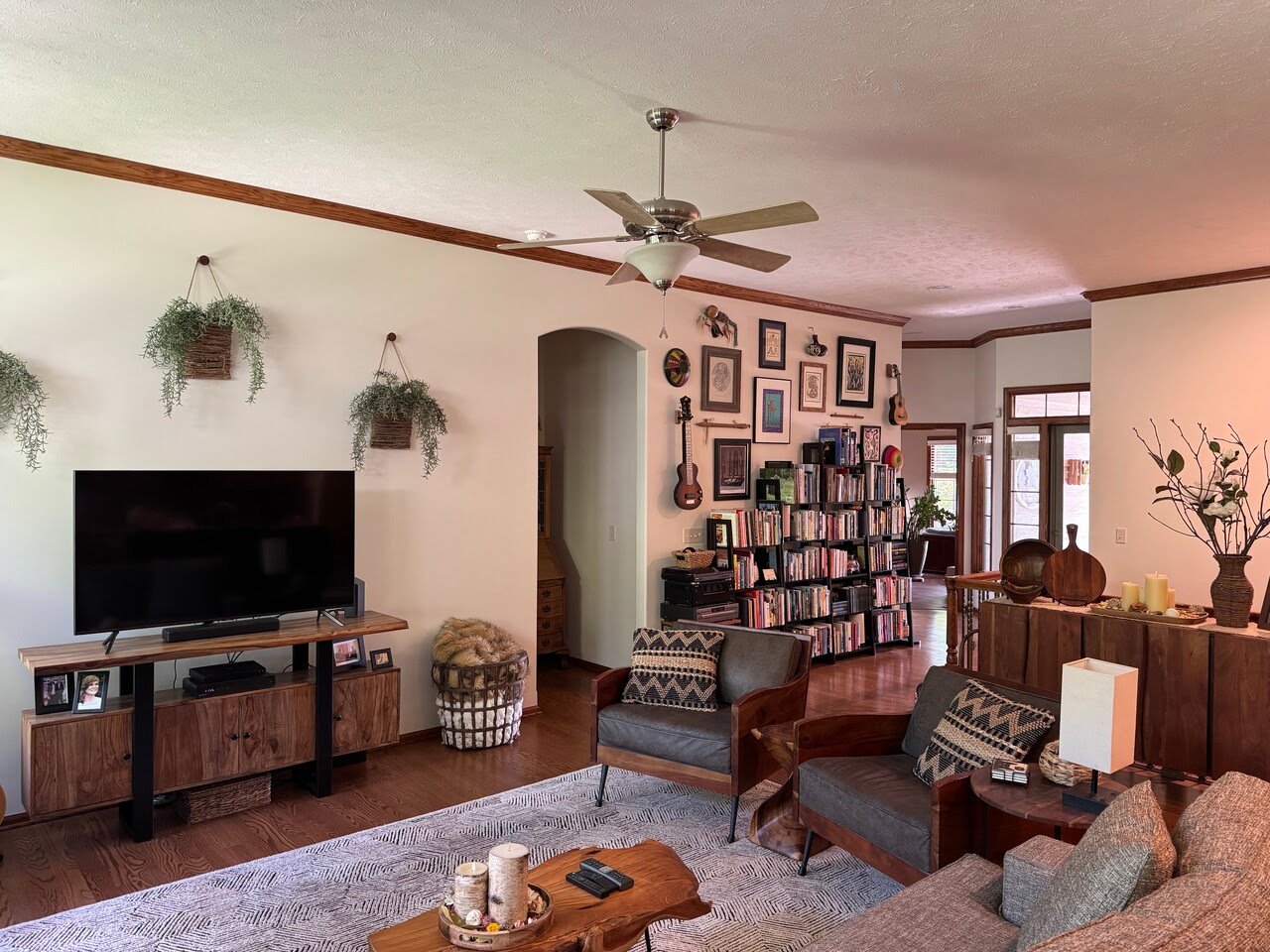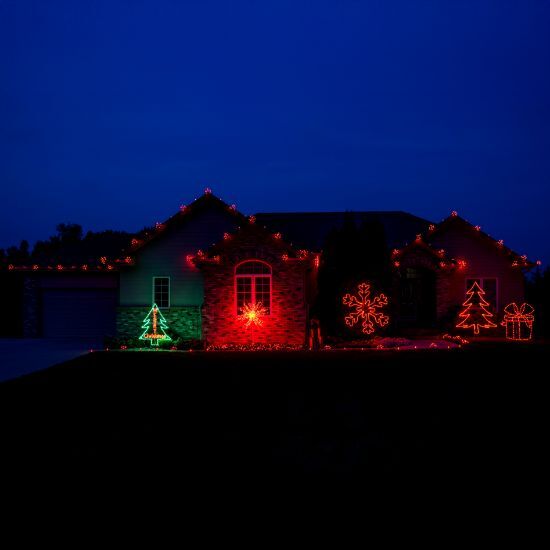-May-31-2024-04-24-21-4312-PM.png?width=800&height=418&name=Blog%20Post%20Image%20Size%20(4)-May-31-2024-04-24-21-4312-PM.png)
Have you ever felt like your home’s walls needed a little more excitement? If you’re a homeowner in Omaha, color blocking might be just the solution you need. This creative painting technique can add depth, dimension, and a touch of fun to any room.
Color blocking is not just a trend, it's a creative way to transform your space and add personality to your home. By using bold tones strategically on different sections of the wall, you can enhance architectural features and create a dynamic visual impact.
While the concept of mixing colors and shapes may initially seem overwhelming. There are simple and effective techniques to help you get started on your color blocking painting project.
Brush & Roll Painting is a premier interior home painting company in Omaha since 1996. Not only do we use a thorough process and high-quality products for a lasting project, we also offer color consultations so you can be confident in the design of your project.
In this article, we discuss the exciting world of color blocking and how it can transform your space. By discovering your options, you are one step closer to an interior color blocking paint project that you will love.
What Is Color Blocking?
Before we get started, it is important to understand what color blocking actually is and why people choose it.
Color blocking is a creative painting technique that involves using contrasting colors to create distinct sections on walls, ceilings, furniture, or even entire rooms. This method is all about making bold, visual statements by pairing different shades and tones in a way that adds depth, dimension, and interest to a space.
Instead of sticking to one solid color, color blocking allows you to play with multiple hues to highlight architectural features, create focal points, and add a dynamic feel to your home.
1. Color Blocking with Molding
Many older homes in Omaha have beautiful decorative molding that adds character and charm. These moldings create the illusion of panels on your walls, but they can also make painting a bit tricky. Instead of seeing this as a challenge, think of it as an opportunity. Treat the molding like a frame and paint the interior of the panels a different color from the rest of the wall.
For example, if your walls are a soft beige, you might paint the interior of the molding a warm caramel or a lighter cream. This technique not only highlights the architectural details but also adds an eye-catching contrast. You can play around with bold, lighter or darker contrasting shades to see what works best in your room. This method is especially effective in living rooms, dining rooms, and hallways, where you want to make a statement.
2. Color Blocking Half of the Wall
-May-07-2024-04-30-26-9768-PM.png?width=547&height=286&name=Blog%20Post%20Image%20Size%20(2)-May-07-2024-04-30-26-9768-PM.png)
If your room feels a bit flat, adding a second color can bring it to life. One effective method is to color block the bottom half of the wall. This technique can add depth and make the space feel more dynamic. For instance, painting the lower half of the wall a darker color and the upper half a lighter shade can make a small room appear larger and more vibrant.
If your home has a chair rail or wainscoting, you already have a natural dividing line. Chair rails are typically 32 to 36 inches high, making them the perfect guide for your color blocking project. Imagine a navy blue bottom half with a crisp white top half—it’s a classic look that adds sophistication and charm. This technique works well in dining rooms, bedrooms, and even bathrooms.
3. Geometric Design Color Blocking
Why not take color blocking to the next level with some geometric designs? Instead of sticking to horizontal or vertical lines, you can create a mural with abstract shapes and patterns. This method is all about creativity. Use painter’s tape to map out triangles, squares, or even more complex designs like a mountain range or a rainbow.
Choose a color palette that complements your existing décor. You could go for a bold and vibrant look with contrasting colors, or opt for a more subtle and cohesive design with different shades of the same color. For instance, a gradient from light blue to dark blue can create a soothing and visually appealing effect. Geometric color blocking is perfect for accent walls in living rooms, bedrooms, or playrooms. It’s a fun way to personalize your space and make it truly unique.
4. Ceiling Color Blocking

Ceilings are often overlooked when it comes to painting, but they offer a fantastic opportunity for color blocking. Many ceilings, like in the image above, have molding that can be painted different shades to add more interest and depth.
By painting the ceiling a different color from the walls, you can create a striking visual effect that adds height and depth to your room. For instance, a light blue ceiling can mimic the sky and make the room feel airy and open. Alternatively, a darker shade like charcoal can add coziness and drama, perfect for a bedroom or a cozy den.
5. Gradient or Ombre Walls
If you love the idea of color gradients, why not apply it to your walls? Gradient or ombre color blocking involves blending two or more colors smoothly across the wall. This technique can create a stunning visual effect that adds movement and dimension to your room.
For example, start with a deep blue at the bottom of the wall and gradually transition to a soft sky blue at the top. This effect can make the room feel taller and more open. You can use this technique on an accent wall or throughout the entire room for a bold statement. Gradients work beautifully in living rooms, bedrooms, or even bathrooms, creating a serene and artistic ambiance.
6. Door and Frame Color Blocking
Another creative idea is to use color blocking on doors and frames. By painting the door and its frame in contrasting colors, you can create a focal point that stands out beautifully. For example, a white door with a bold red frame can add a pop of color and energy to a neutral hallway.
This technique is perfect for adding character to plain doors or highlighting unique architectural features. You can also extend this idea to windows, painting the frames in a color that contrasts with the walls. This approach not only adds visual interest but also draws attention to the beautiful views outside.
7. Furniture and Wall Integration
.jpg?width=543&height=408&name=Georges%20After%204%20(1).jpg)
For a truly integrated look, consider color blocking that incorporates your furniture. This technique involves extending the wall color onto a piece of furniture, creating a seamless blend between the two. For instance, if you have a built-in bookshelf, you can paint the wall behind it and the shelves in the same color or shades of the same color.
This creates a cohesive and harmonious look, making the furniture feel like a natural extension of the wall. It’s an excellent way to highlight your favorite pieces and make them stand out. This method works well in living rooms, home offices, and bedrooms, where you can showcase your books, décor, and personal items.
Color Blocking Your Walls
Color blocking is a fantastic way to add personality and style to your Omaha home. Whether you’re working with existing molding, dividing your wall into different sections, or creating intricate geometric designs, this technique can make your rooms more interesting and inviting.
At Brush & Roll Painting, we’re here to help you bring your vision to life. Located in Omaha, NE, we have been in business since 1996 and provide quality interior painting services.
It's important that you are confident in each phase of your interior painting project, especially the design. Next, download your interior painting project checklist to mark off each stage as you go.
Kaylea is the Brush & Roll Painting Content Manager. Kaylea is a Journalism and Media Communications summa cum laude graduate with a minor in Marketing from the University of Nebraska at Omaha. Kaylea manages the marketing for Brush & Roll Painting.
Topics:
















-Jul-23-2025-02-21-33-5468-PM.png?width=800&height=418&name=Blog%20Post%20Image%20Size%20(2)-Jul-23-2025-02-21-33-5468-PM.png)




-Oct-22-2025-01-39-19-5208-PM.png?width=800&height=418&name=Blog%20Post%20Image%20Size%20(1)-Oct-22-2025-01-39-19-5208-PM.png)





